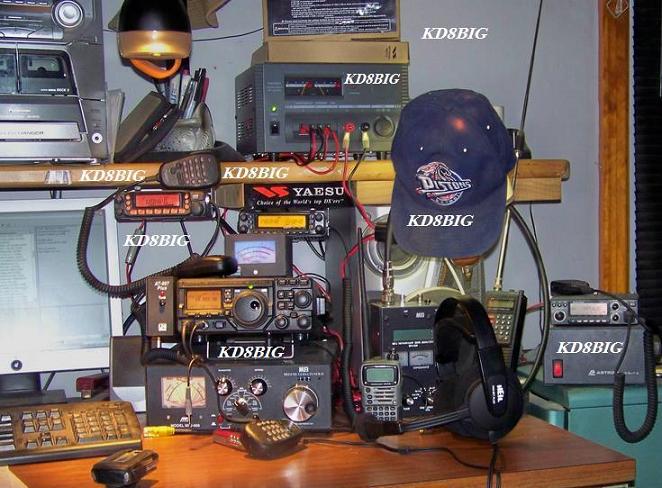NASA -- Tornado Track near Sturbridge, Massachusetts
Lake Champlain at Burlington has fallen below the old record height and is projected to fall below major flood stage by Wednesday of next week.
There is a low over the west-central Caribbean Sea that is stationary and has a 10% chance of becoming a tropical storm in the next 48 hrs. The long range forecast does not show it making US landfall.
NASA--Unique Space Image of Alabama Tornado Tracks
Individual Assistance has been approved. Federal Aid Programs For State Of Missouri Disaster Recovery. Federal Aid Programs For State Of Tennessee Disaster Recovery. Federal Aid Programs For State Of Mississippi Disaster Recovery Federal Aid Programs For State Of Georgia Disaster Recovery President Declares Emergency For Alabama for the Storm of April 27th. Arkansas Severe Storms, Tornadoes, And Associated Flooding. Federal Aid Programs For State Of Mississippi Disaster Recovery
"NASA Satellite Images -- Tornado Tracks in Tuscaloosa, Alabama Severe Tornado Outbreak in the Southern United States -- Alabama EMA -- Georgia EMA -- Mississippi EMA -- Tennessee EMA -- Arkansas EMA -- Virginia EMA --
The Red Cross Red Cross Shelters You can text REDCROSS to 90999 to make a $10 donation or call 1-800 RED CROSS
The Salvation Army is also assisting with damage. There are several ways you can donate. By phone: Call 1-800-SAL-ARMY and designate “April 2011 Tornado Outbreak.” By text: Text “GIVE” to 80888.
Insurance will cover most of the losses. The people affected will not lack clothing for long and more will be donated than will ever be used. It will end up in the local landfill, because there is no place to store it. If you are going to collect clothing have a garage sale with the proceeds going to the victims. Be responsible, if you collect money get proof that it was donated and make evidence available to those who gave. Consider volunteering or donating with Disaster Relief Agencies and Nongovernment Organizations.
WHO's CRED is reporting that in 2010 a total of 385 natural disasters killed more than 297,000 people worldwide, affected over 217.0 million others and caused US$ 123.9 billion of economic damages. Annual Disaster Statistical Review 2010: (PDF 4.2 MB) The Numbers and Trends. Brussels: CRED; 2011-Guha-Sapir D, Vos F, Below R, with Ponserre S.
Extreme and exceptional drought conditions cover about half of Texas.
There is only one weather authority in the United States, and that's the National Weather Service For emergency information consult with your local NWS office or your local emergency management agency. If you want to suggest a link please post to host@disastercenter.com
. The World Health Organisation has information on its website radiation-related health risks.
Potential dispersion of the radioactive cloud after a nuclear accident in Fukushima
This has been e-mailed to me by several readers.










